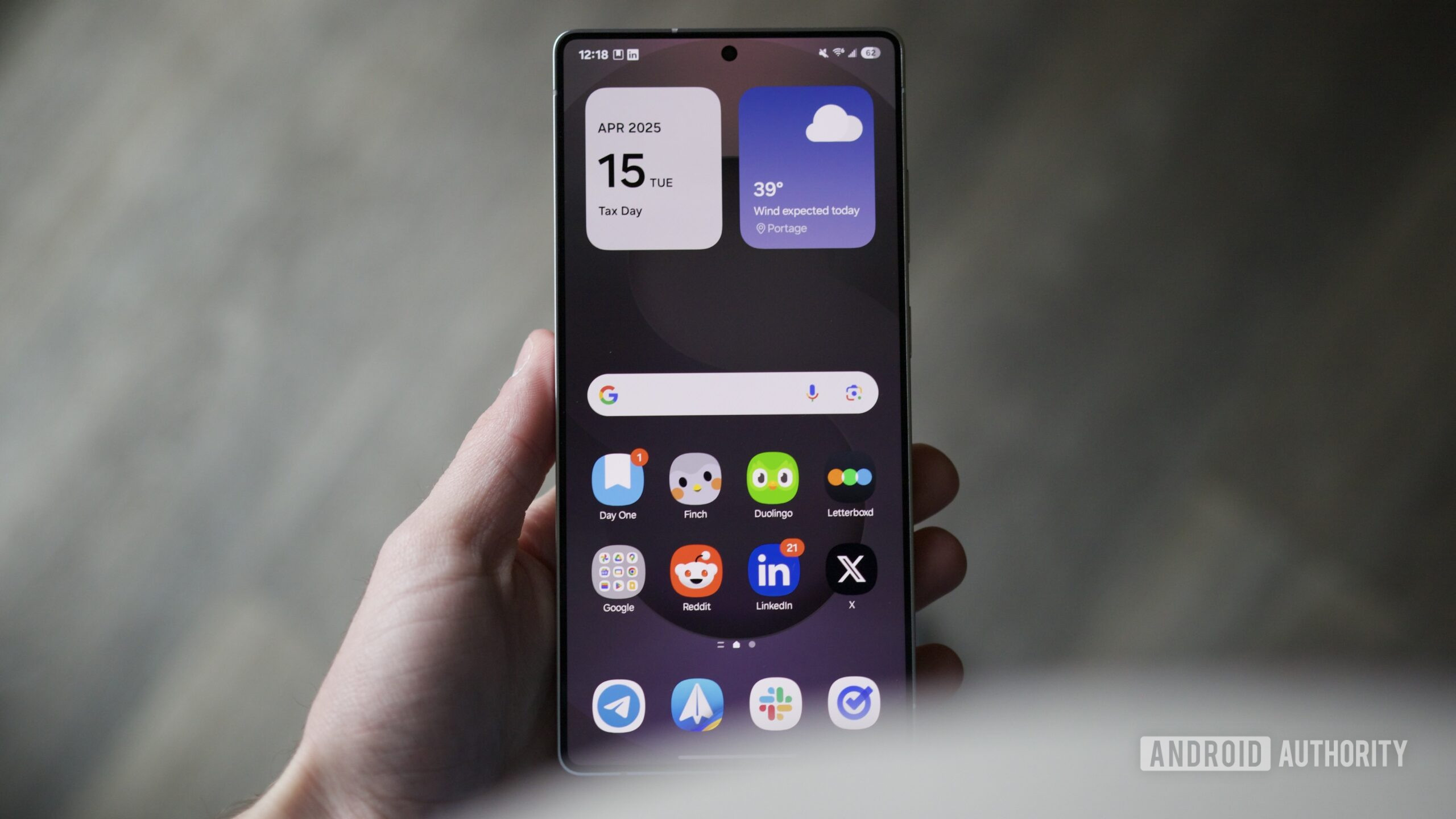How Do I Ensure Security in a Milk Delivery App Development?
Discover top strategies for ensuring security in your milk delivery app development. Learn how to protect user data and build trust with your customers.

Ensuring security in an on-demand milk delivery app is crucial to protecting user data, maintaining trust, and ensuring smooth service operation. From secure user authentication to safeguarding payment information, implementing multiple layers of security is essential against potential threats. Here are strategies and best practices to enhance security in your on-demand milk delivery app development.
Secure User Authentication
Strong Password Policies
Password Complexity
Enforce strong password policies to ensure that users create secure passwords. Require a combination of letters, numbers, and special characters, and set a minimum password length.
Password Expiration
Implement password expiration policies that require users to update their passwords periodically. This practice helps to mitigate the risk of long-term exposure to compromised passwords.
Two-factor authentication (2FA)
Additional Security Layer
Implement two-factor authentication (2FA) to add an extra layer of security. Users will need to provide a second form of verification, such as a code sent to their mobile device, in addition to their password.
Authenticator Apps
Encourage users to use authenticator apps, which provide time-based one-time passwords (TOTPs) that enhance security compared to SMS-based 2FA.
Data Encryption
Secure Data Transmission
SSL/TLS Protocols
Use Secure Socket Layer (SSL) or Transport Layer Security (TLS) protocols to encrypt data transmitted between the app and the server. This prevents unauthorized access to data in transit.
Encrypted APIs
Ensure that all API communications are encrypted. Use secure API gateways and follow best practices for API security to protect data exchanged between the app and backend services.
Data Storage Encryption
Encryption Algorithms
Encrypt sensitive data stored in the app or on servers using strong encryption algorithms such as AES (Advanced Encryption Standard). This ensures that even if data is accessed, it remains unreadable.
Encrypted Databases
Store sensitive user information, such as payment details and personal data, in encrypted databases. Use database management systems that support encryption at rest to safeguard stored data.
Secure Payment Processing
PCI Compliance
Payment Card Industry Standards
Ensure your app complies with Payment Card Industry Data Security Standards (PCI DSS). These standards are designed to protect card information during and after a financial transaction.
Regular Audits
Conduct regular security audits to ensure continued compliance with PCI DSS. Address any vulnerabilities identified during audits to maintain secure payment processing.
Tokenization
Payment Tokens
Implement tokenization to protect payment information. Replace sensitive payment details with unique tokens that can be used for transactions without exposing the actual data.
Secure Payment Gateways
Integrate with reputable and secure payment gateways that follow industry standards for payment security. This reduces the risk associated with handling payment data directly.
Regular Security Audits and Updates
Vulnerability Assessments
Penetration Testing
Conduct regular penetration testing to identify and address potential vulnerabilities. Simulate attacks to evaluate the security of your app and infrastructure.
Automated Scanning
Use automated security scanning tools to continuously monitor for vulnerabilities. Address issues promptly to prevent potential exploits.
Software Updates
Patch Management
Implement a robust patch management process to ensure that all software components, including third-party libraries, are up to date. Regularly apply security patches to fix known vulnerabilities.
Update Notifications
Notify users of app updates and encourage them to install the latest version. Keeping the app updated reduces the risk of security breaches due to outdated software.
User Education and Awareness
Security Best Practices
User Guidelines
Provide users with guidelines on creating strong passwords, recognizing phishing attempts, and maintaining account security. Educated users are less likely to fall victim to security threats.
In-App Tips
Include security tips within the app to remind users of best practices. Use push notifications or in-app messages to deliver important security information.
Regular Communication
Security Alerts
Send security alerts to users if there are any potential threats or breaches. Keeping users informed helps them take necessary actions to protect their accounts.
Update Announcements
Communicate the importance of app updates and security patches. Encourage users to keep their app updated to benefit from the latest security enhancements.
Implementing Role-Based Access Control (RBAC)
Access Management
User Roles
Define different user roles and permissions within the app. Limit access to sensitive features and data based on the user’s role to reduce the risk of unauthorized access.
Least Privilege Principle
Apply the principle of least privilege, granting users the minimum level of access necessary to perform their tasks. This minimizes the potential impact of a compromised account.
Monitoring and Logging
Activity Logs
Maintain detailed logs of user activity within the app. Monitor these logs for any suspicious activity that may indicate a security threat.
Anomaly Detection
Use anomaly detection systems to identify unusual behavior patterns. Promptly investigate and address any anomalies to prevent potential security breaches.
Protecting Against Common Threats
SQL Injection
Parameterized Queries
Use parameterized queries to prevent SQL injection attacks. This ensures that user input is treated as data and not executable code.
Input Validation
Implement strong input validation to sanitize user inputs and prevent malicious data from being processed by the application.
Cross-Site Scripting (XSS)
Content Security Policy (CSP)
Implement a Content Security Policy (CSP) to control the sources of content that can be loaded by the app. This helps mitigate the risk of XSS attacks.
Output Encoding
Encode output data to prevent the execution of malicious scripts. Use libraries and frameworks that provide built-in protection against XSS.
Conclusion
Ensuring security in your on-demand milk delivery app development requires secure authentication, data encryption, safe payments, audits, user education, access control, and threat protection. Partnering with an on-demand app development company ensures robust security for user data and service reliability.
What's Your Reaction?
 Like
0
Like
0
 Dislike
0
Dislike
0
 Love
0
Love
0
 Funny
0
Funny
0
 Angry
0
Angry
0
 Sad
0
Sad
0
 Wow
0
Wow
0




















































